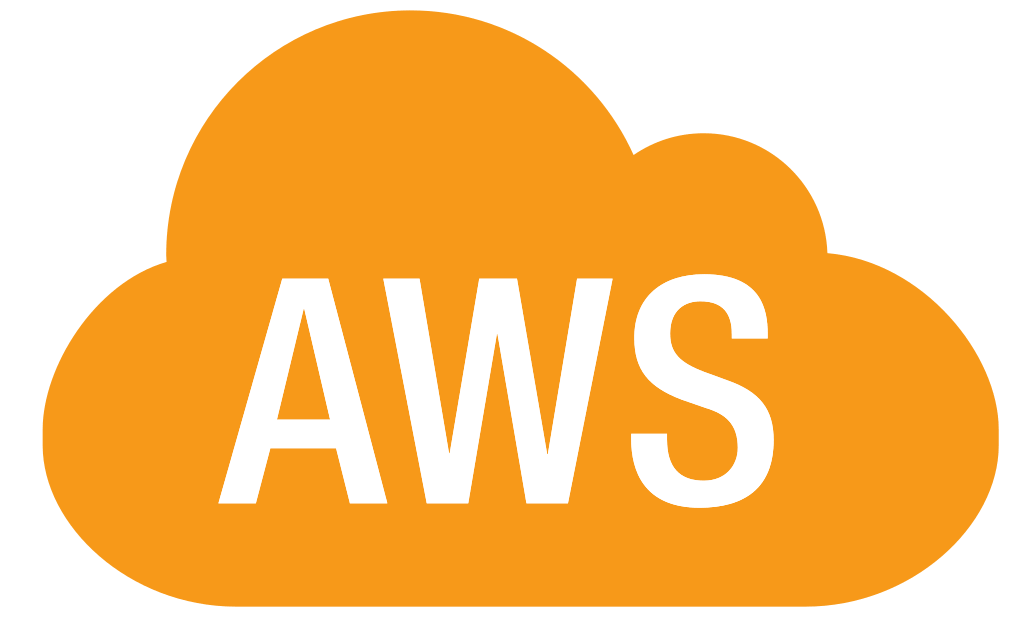Sharing is caring!
To stay ahead of the competition, developers are expected to develop faster, iteratively, and better. Changes in technology and juggling various business requirements require an approach that enables the developers to build and release as quickly as possible. Agile Development is your best approach; when your development team requires these short bursts of productivity and a fast schedule for your releases, then Agile Development is your best approach.
In this post, we will discuss why we choose Agile, the Agile methodologies, benefits, and drawbacks of Agile Development.
Why Choose Agile?
The Agile Manifesto promotes customer collaboration, individuals and interactions, and creating and working software and has a lesser emphasis on planning, process, and comprehensive documentation.
Agile is different from the traditional way of development because flexibility is why it requires working in short bursts. Flexibility and speed take precedence in Agile Development. An iterative and incremental development method in Agile ensures foolproof, accelerated delivery.
The short Agile iterations help continuously adjust the requirements and solutions as per the shifting demands in business needs.
Moreover, traditional project management is more suitable for creating defined products like constructing a home. However, Agile is ideal for complex projects with high levels of uncertainty and probability of change. Agile provides the much-needed ability to create and respond to change.
There are various Agile methodologies; Scrum and Kanban are the more renowned ones.
More About Agile Methodologies
Here are the further details on Agile methodologies:
Scrum
Scrum uses a Scrum board suitable for teams with a proper roadmap and stable priorities. Here the tasks are segregated into columns based on progress. The project comprises sprints and gets managed and planned, one at a time. There are notable project roles in Scrum, like product owner and Scrum Master. Here, the work gets done with the help of a small and close functional team. The team will have all the skillsets required and needs no other resource to be pulled from your enterprises. Scrum or stand-up meetings of 10 to 15 minutes duration are the daily meetings. The daily meetings provide ways to assess the project’s progress.
The product owners create a wish list and give a demo to the customer when the sprint gets over. Continuous improvement happens after the team review. A new software project involves the Product Owner writing down the use cases and discussing them with stakeholders. The higher-level requirements get broken down into user stories. The team participates in daily Scrum meetings to discuss impediments that hinder work.
Kanban
Kanban is focused more on optimizing resources and is more continuously flowing. Kanban offers a simple and visual way of project management. The Kanban board helps the team to visualize their work. It enables the team to find the progress of the project. The Kanban board consists of task segments with three columns, which are “To Do,” “Doing,” and “Done.” and it enlists what must be done, what is completed, and what is worked on.
The team emphasizes the highest priority task and moves to the next stage, on completion. One example of a Kanban board is for the IT operations team. Workflow gets visualized to give the IT operations team an advantage since it has a heavy workload. The team can avoid priority conflicts and gain proper understanding by using swimlanes.
DevOps and BizDevOps
BizDevOps is an approach in software development that focuses on teamwork for revenue generation. It is a subset of DevOps. It connects the operations, business, and development teams. On the other hand, DevOps joins the development and operations teams. The combined team has key performance indicators before them. It ensures continuous flow, delivery of functionality to the customer, and continuous releases.
Productivity gets improved with shared ownership. The rectification of mistakes happens faster, and the team immediately fixes them. Better collaboration happens with cross-functional teams that can automatically instill values like ownership and accountability for each team member and saves time and effort.
Feature-driven Development
Feature-driven Development (FDD) is yet another lightweight or Agile development method. It is driven by goals to be accomplished by your products. It is simple and works best for larger teams that can move quickly and have a collaborative mindset. FDD leverages pre-defined development standards, which enables the teams to move quickly.
Extreme Programming
Extreme Programming (XP) focuses more on customer satisfaction. The practices are similar to that of Scrum. It helps to integrate with customers’ needs whenever they require it continuously. Here the developers implement user stories based on frequent iterations. It works best for testing new ideas for smaller teams. The project’s success depends on regular releases and the gathering of feedback throughout the project. It is useful when the customer does not have a clear image of the result.
Let us now highlight the benefits and drawbacks of Agile Development.
Benefits and Drawbacks of Agile
Benefits
- Delivers Quickly
- Defects and improvements get caught early because testing of changes happens with small iterations.
- Changes in requirements get incorporated faster into the design and team.
- The non-successful projects may get repaired or retired and save money.
- The stakeholders engage themselves throughout the development process, reviewing and improving the products and the delivered projects.
- Agile Development promotes openness and transparency and focuses on improvements.
- Documentation incurs less cost and is limited to use cases, user stories, test cases, and others than detailed product documentation.
Drawbacks
- Agile can be a bottleneck if the team does not adopt the practices.
- Time and money get strained because of time spent behind scrums, sprint planning, and stakeholder meetings.
- With the addition of new features quickly, good design gets delayed, which increases the workload in the long run. Functionalities incorporated in a hurry lead to negative feedback and increases the defects.
- The highly knowledgeable resources are less likely to be replaced. Less outsourcing leads to headaches for your organization in terms of budget.
Conclusion
The type of Agile methodology that your organization will adopt depends on the team. However, the leadership has the onus of the success of the Agile methodology. It should span across the entire organization, from the top management to the teams. Delivering requirements iteratively and incrementally across the lifecycle are the factors on which Agile methodology depends. Agile helps your organization stay ahead of competitors since it provides flexibility and faster development.
Whether you are new to the Agile process or looking to make the most out of Agile scrum methodology, we are here to help. Choose ForceBolt for Agile software development to manage your custom-tailored project efficiently.

Akshay Dhiman
Chief Technical Officer
The Chief Operating Officer of ForceBolt and a decisive leader who possesses a wide array of technical skills and management skills to implement operational changes by working at different levels of development. Being enthusiastic and technology proficient, he understands the importance of staying up-to-date with the latest technological transformations and provides competitive, scalable and efficient solutions. He has a good command of technical language and possesses good communication skills. Being a leader makes him a good team player, and he resonates with his priorities well.













